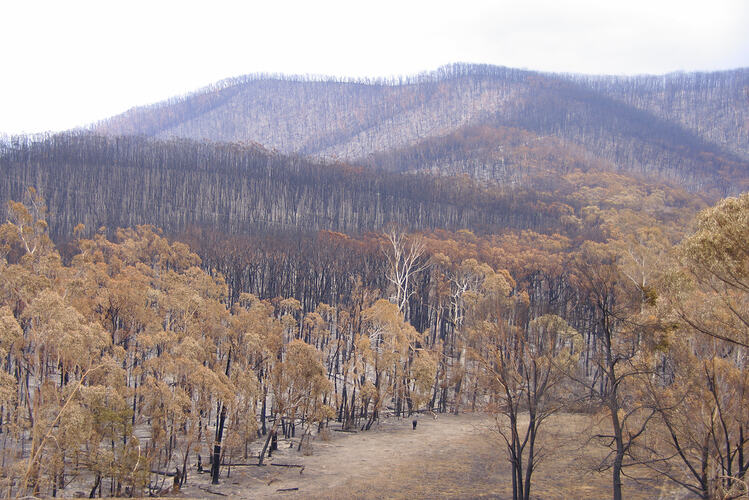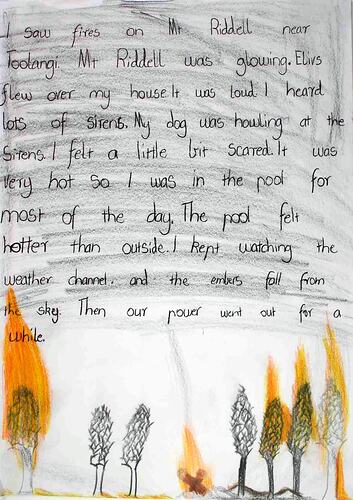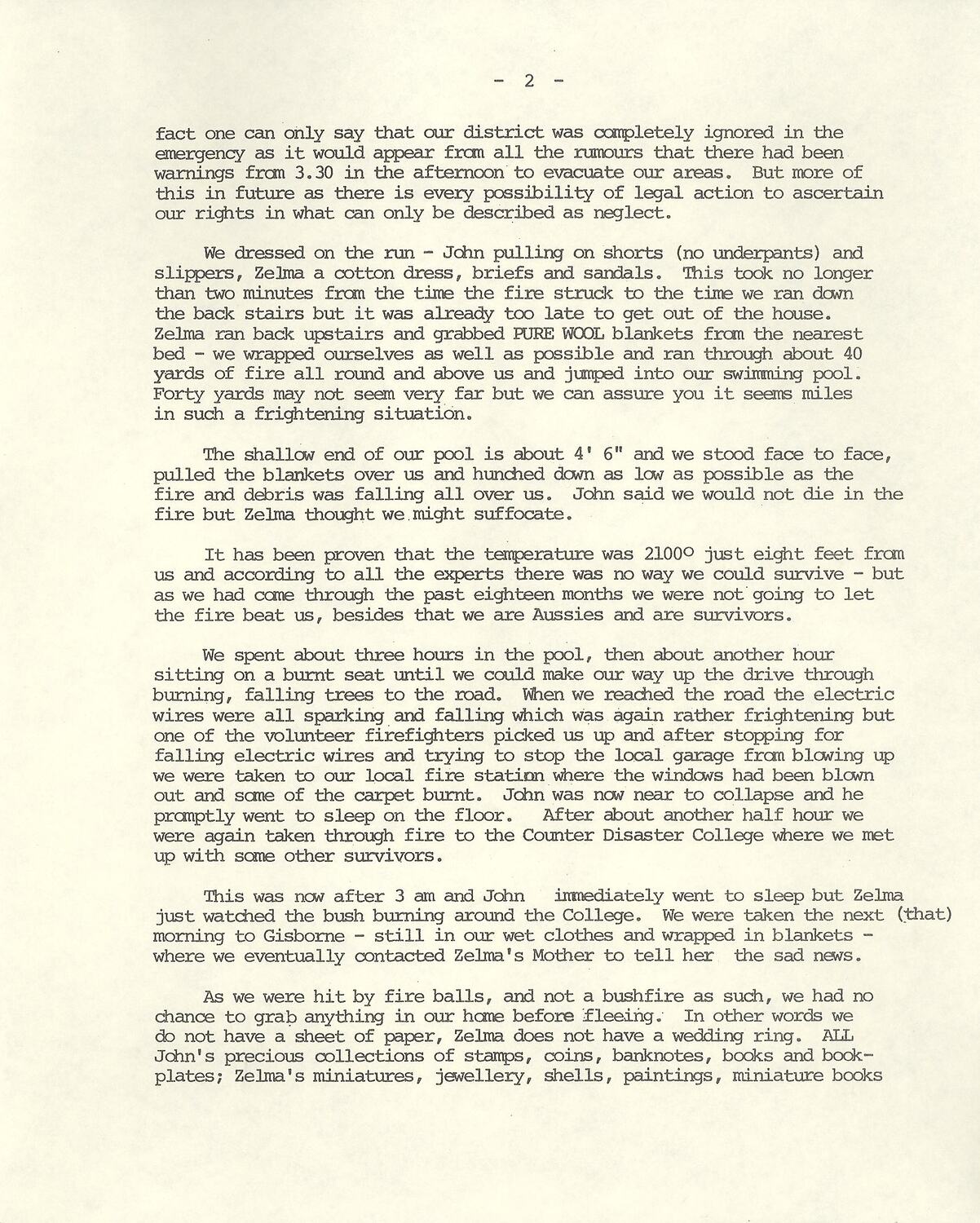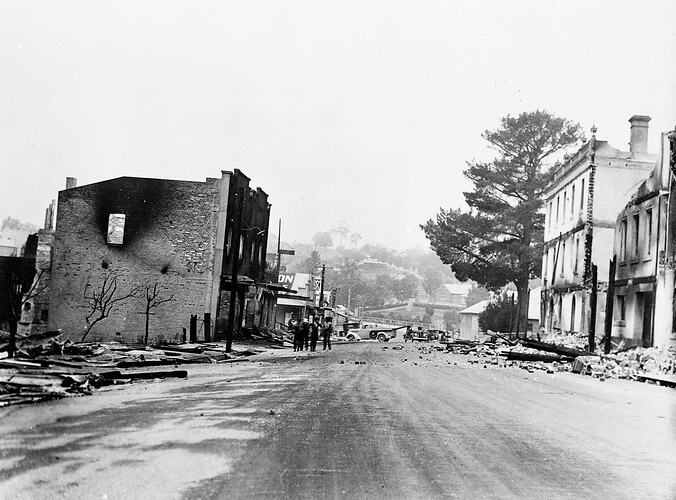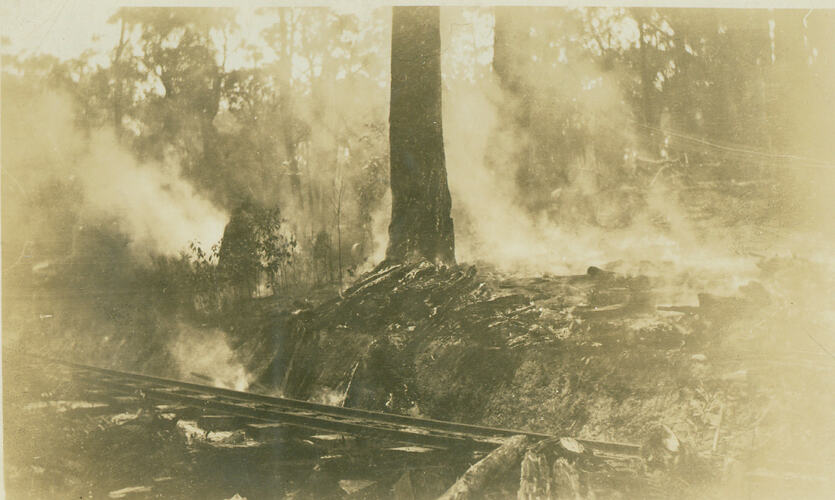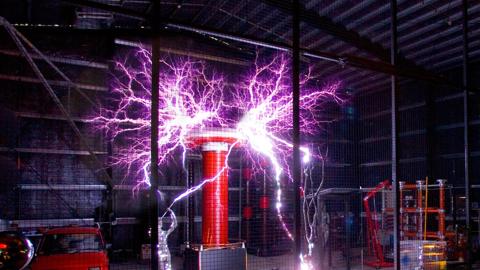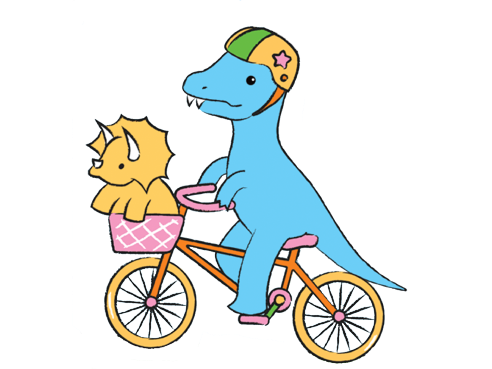A timeline of Victorian bushfires
Victoria’s fire-dependent eucalypt forests and hot, dry summers make it one of the most bushfire prone places on the planet.
Below is a timeline of the most significant bushfires recorded in Victoria.
December 1998 – 'A devastating tragedy’
On December 2, 1998, a bushfire threatened the township of Linton. It began as a wildfire that burnt through state forests. Geelong CFA Firefighters were deployed to protect the township. Two tankers and their crews were trapped and engulfed in flame, resulting in the death of 5 firefighters.
January 1997 – 'Victoria burns’
In mid-January 1997, strong winds began to blow across the heat-scorched landscape. Soon at least 250 bushfires broke out with devastating blazes on the Mornington Peninsula and Dandenong Ranges, including Ferny Creek, Tremont and Upwey. Three people were killed and more than 40 homes destroyed.
January 1985 – 'Battling on the bushfire front’
Bushfires swept the Ovens District of south-eastern Victoria in mid-January 1985. By 16 January, 117 fires were burning across the state. The Australian Defence Forces and more than 2,500 firefighters struggled to contain the blazes. Five people were killed, and thousands of hectares of land were burnt throughout Victoria.
February 1983 – 'Hopes reduced to Ash'
The Ash Wednesday bushfires of 16 February remain one of Australia's greatest natural disasters. Major bushfires erupted across south-eastern Australia. A state of disaster was declared in Victoria as devastating fires swept through the state. Forty-eight people were killed, nearly 3000 homes and other buildings destroyed, and 210,000 hectares of land burnt. Areas impacted include Mt Macedon, Framlingham, Otway Ranges, Cockatoo and Upper Beaconsfield.
February 1977 – 'Victoria is at a flashpoint’
In the last weekend of January 1977, 82 fires broke out in Victoria. The largest were located near Bacchus Marsh, west of Melbourne, and around Beechworth. Worse was to come. On 12 February, five people died in multiple blazes in western Victoria. In addition, 198,500 stock, 116 houses and 340 other buildings were destroyed in the fires.
January 1969 – 'The worst fires for 25 years’
Following a prolonged drought, a period of record high temperatures and winds saw more than 280 fires erupt on Black Wednesday, 8 January. Twenty-three people died, including 17 at Lara when they fled their cars which were trapped on the four-lane Melbourne-Geelong Expressway. The danger worsened in February, with fires at Myrtleford, northern Victoria and Lorne, on the south coast. The fires destroyed 230 houses, 21 other buildings, and more than 12,000 stock.
February 1965 – 'One of the worst’
Whole towns were threatened by fire in the summer of 1965. Six people were killed near Longwood, north-east of Melbourne in late January, and more lives were lost in the following days. Bushfires broke out in late February in the ranges north of Sale, Gippsland, and burnt a large area of forest and farmland during hot weather in early March. By the end of summer, around 33,000 hectares had been burnt.
January 1962 – 'Horror hits Victoria’
During January 1962 bushfires repeatedly broke out in hot, dry conditions. The Dandenong Ranges and Yarra Valley were particularly impacted. Thirty-two lives were lost, 470 houses destroyed and 68,000 hectares burnt.
In the first two decades of the 20th century several large bushfires ravaged the Victorian landscape. These included the summer of 1905-06 when widespread fires were reported. In 1912 fires burned from Gippsland to the Grampians. More than 100,000 hectares burned in 1914, and in 1919 extensive fires occurred in the Otway Ranges.
December 1943 – 'Victorian bushfires disasters'
There were several deadly bushfires in the 1940s. The deadliest season began on 10 December 1943 when ten people died after fire broke out near Wangaratta, burning hundreds of hectares of grassland. Weeks later, on 14 January 1944, an estimated 20 people lost their lives as more than a million hectares burned throughout south-western Victoria.
Following the fires a Royal Commission was undertaken. It identified failures in communicating bushfire proximity and severity. As a result, the Country Fire Authority (CFA) was established.
January 1939 – 'Hottest day ever experienced’
After several years of drought followed by high temperatures and strong winds, fires raged throughout Victoria between December 1938 and January 1939.
These fires peaked on Black Friday, 13 January, when a massive fire front swept over the mountain country in the north-east of Victoria and along the coast in the south-west. About 75 per cent of the state was impacted by the fire. The terrible loss of life became clear in the following weeks with 71 deaths across the period.
In response, buttons were made and sold to raise funds to support bushfire recovery for those impacted by the fires.
February 1932 – ‘A tornado of flame’
Fire broke out repeatedly across Victoria during the summer of 1932. On one terrible day alone, 6 February, nine lives were lost, six of them in the mountain township of Erica.
February 1926 –‘Fanned by scorching winds’
On Sunday 14 February strong, hot winds fanned flames high into the sky of the Dandenongs and across the Yarra Ranges to Gippsland. By the following Thursday, 30 people were known to have died, many in Powelltown and Noojee, which was completely destroyed.
Fires continued burning until early March and by the end of the season sixty people had died, with widespread damage to farms, homes, and forests.
February 1898 – ‘A plague of fires’
On Friday, Saturday and Sunday 28-30 January 1897, a huge fire burned in the Cranbourne area. By 1 February, known as Red Tuesday, fire had reached South Gippsland and claimed 12 lives. The ‘Plague of bushfires’ impacted three quarters of the state and continued to erupt and burn for weeks, destroying more than 2,000 buildings and 260,000 hectares.
February 1865 – ‘The country on fire’
On Black Monday 27 February, fire burned a total area estimated at many tens of thousands of hectares. Centered on Kyneton, the Black Monday bushfires caused ‘vast destruction of agricultural land’ and buildings. No deaths were recorded.
February 1851 – ‘A period of calamity’
Known as Black Thursday, the largest bushfire recorded in Victoria since settlement broke out on 6 February killing 12 people and burning more than five million hectares.
Victoria’s First Peoples used fire for many thousands of years to care for Country. The fires encouraged the growth of grasslands to enhance hunting, reduce fuel levels and keep vegetation from becoming dense and hard to walk through.
Destructive bushfires were reported from the early years of settlement. On 20 January 1843, as a hot north-westerly wind blew across the dry landscape, fires broke out around Geelong, leaving the country ‘laid waste’ across 100 square miles (260 square km). In early March 1846 the Plenty River region was another area facing a ‘scene of most devastating conflagration’.

